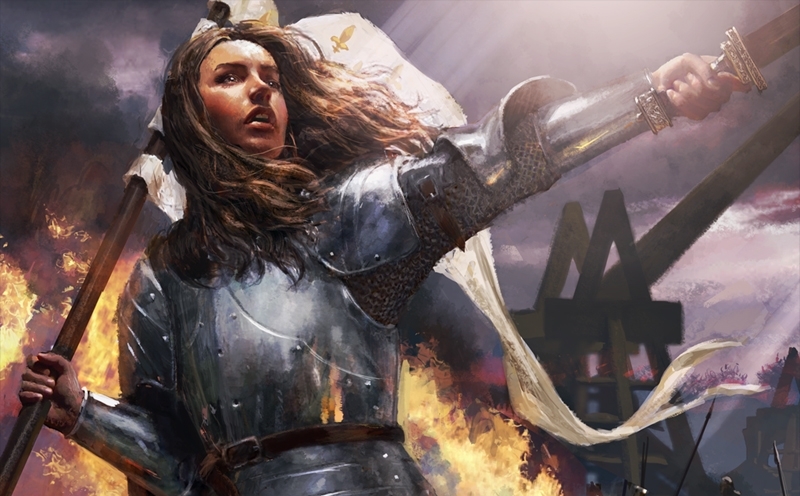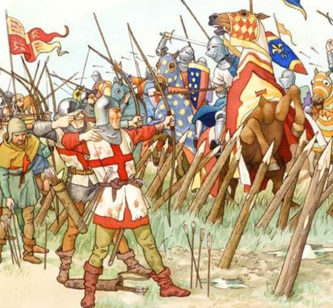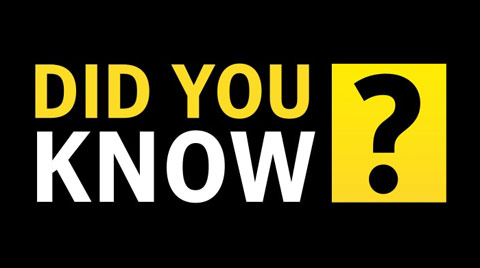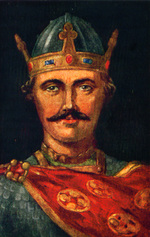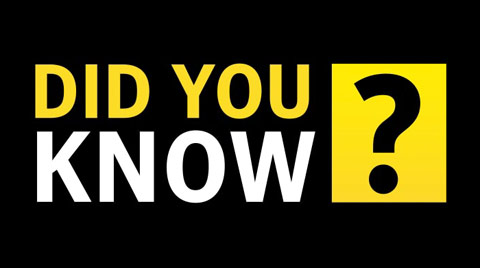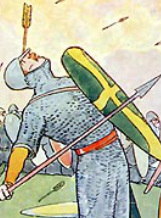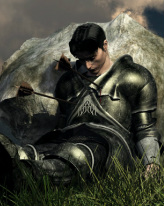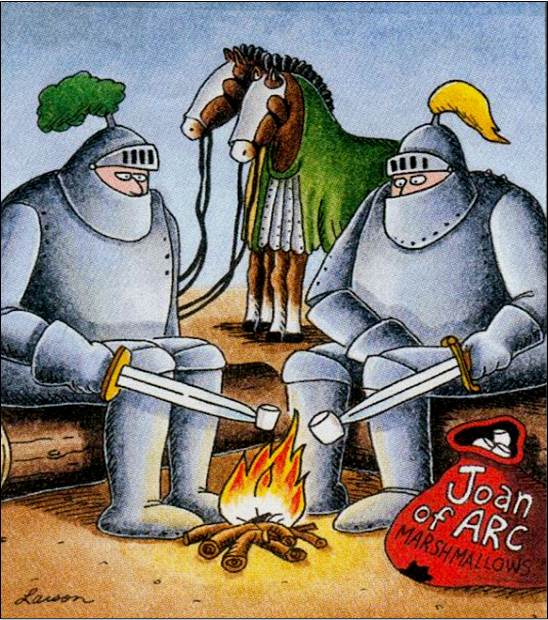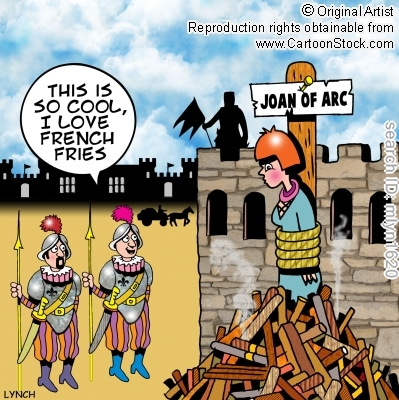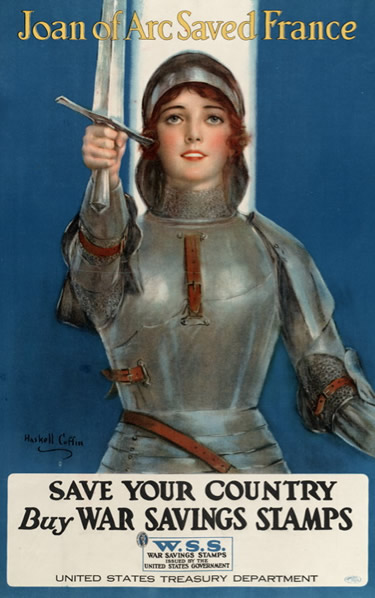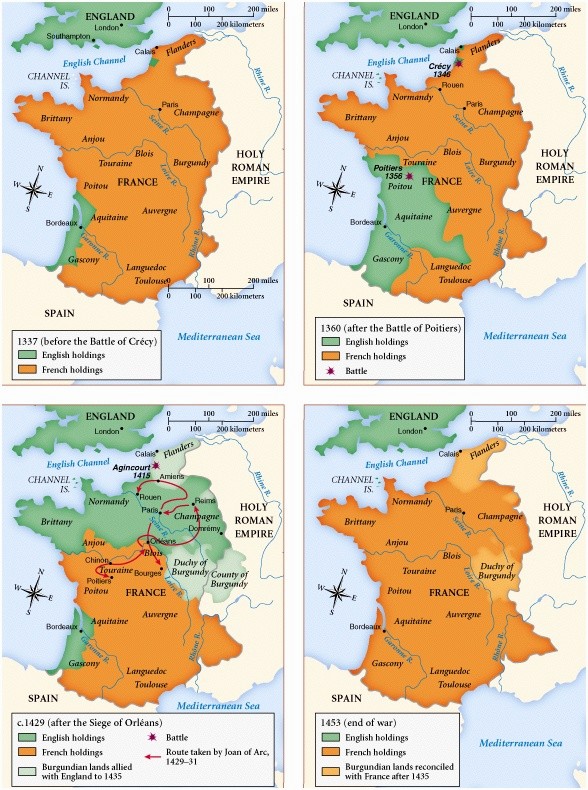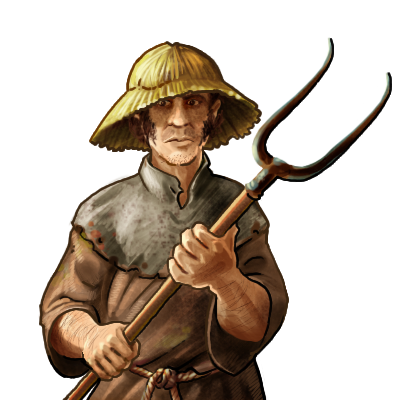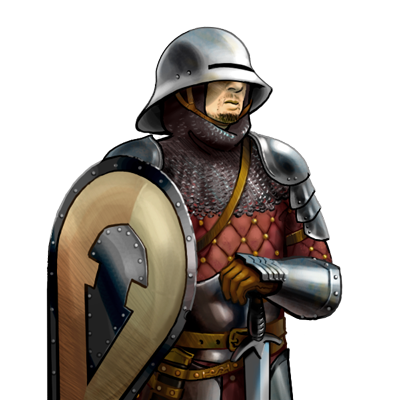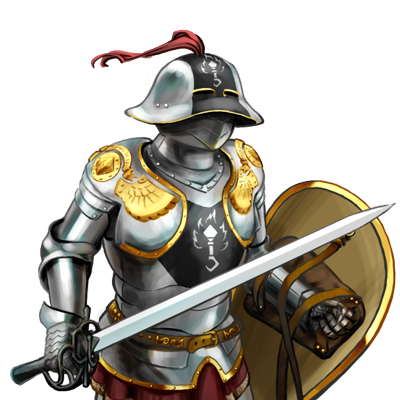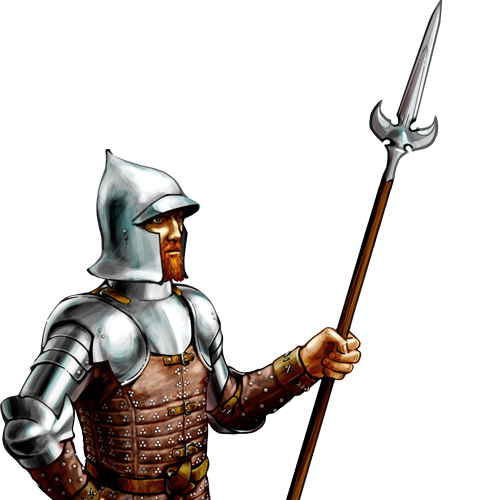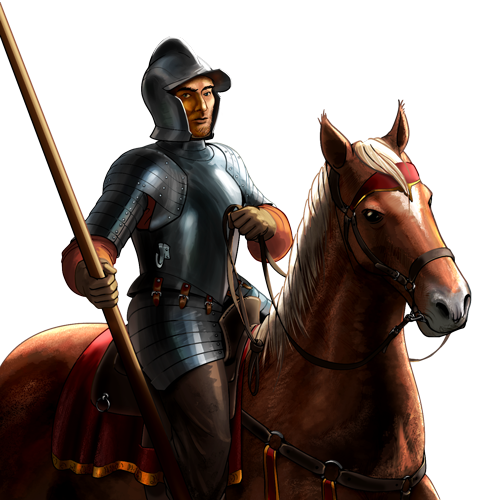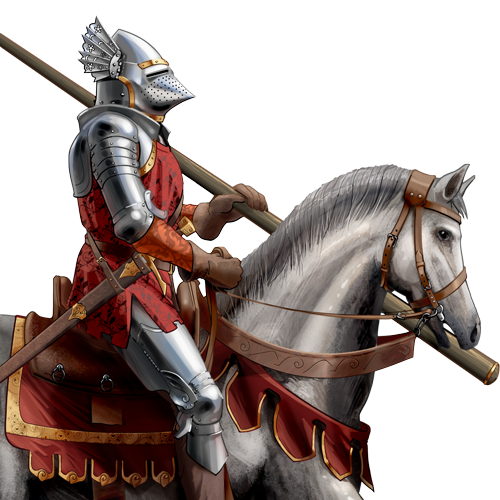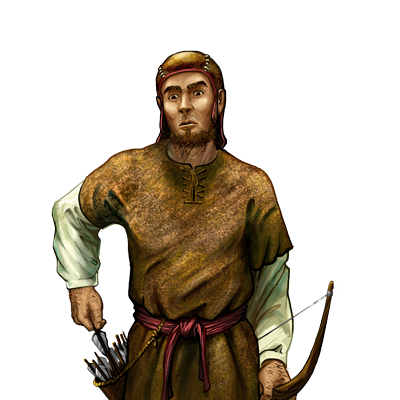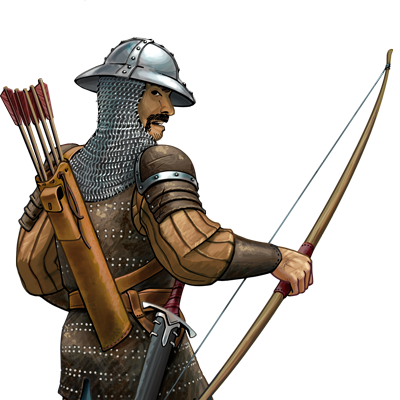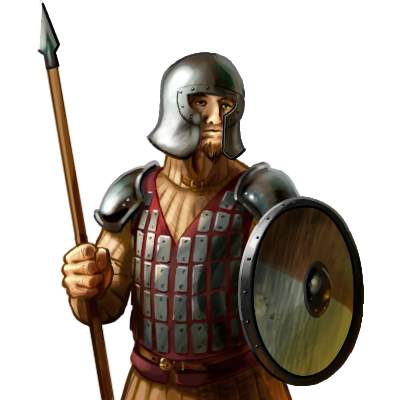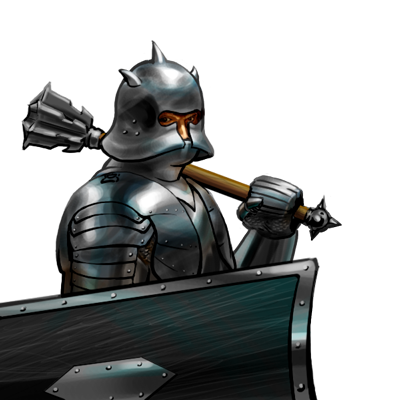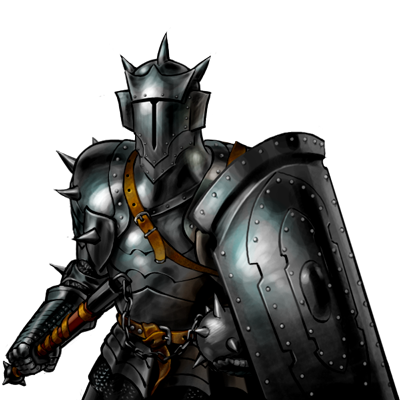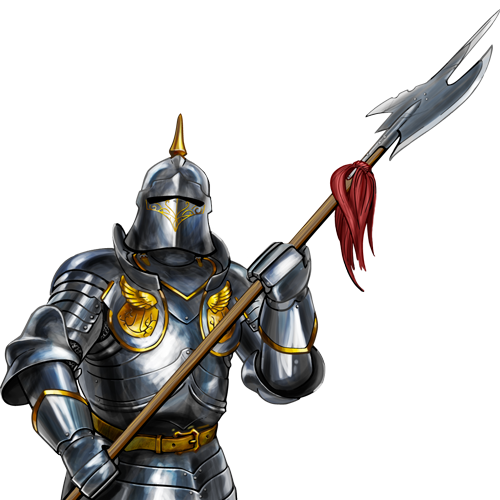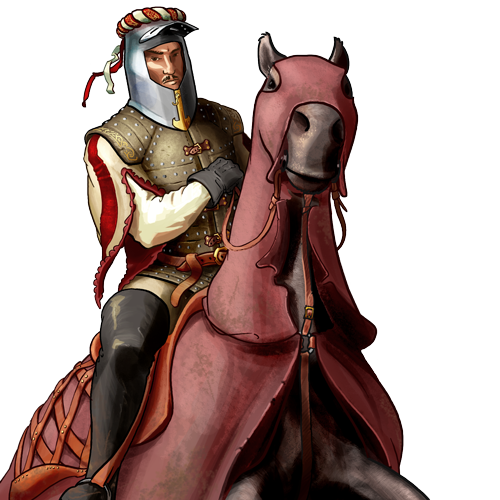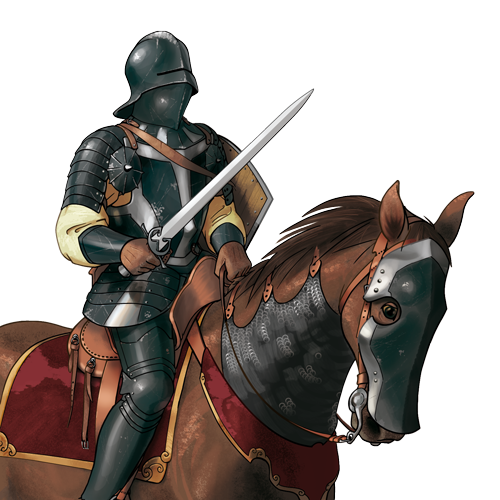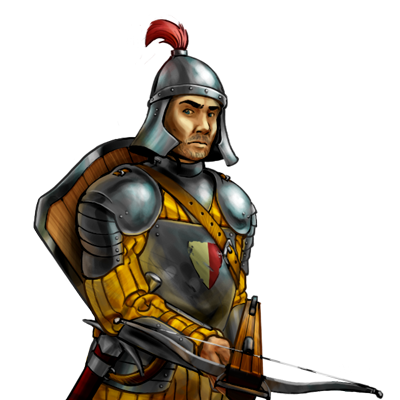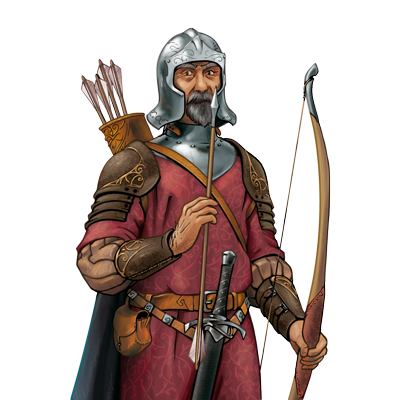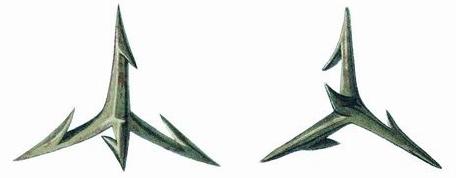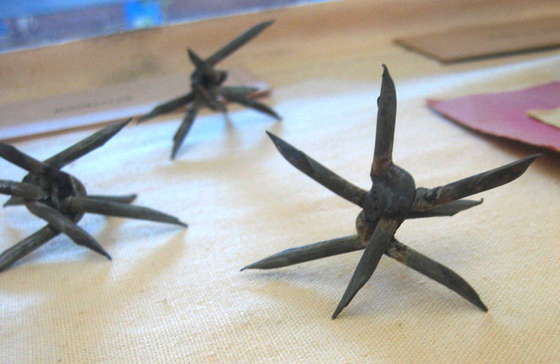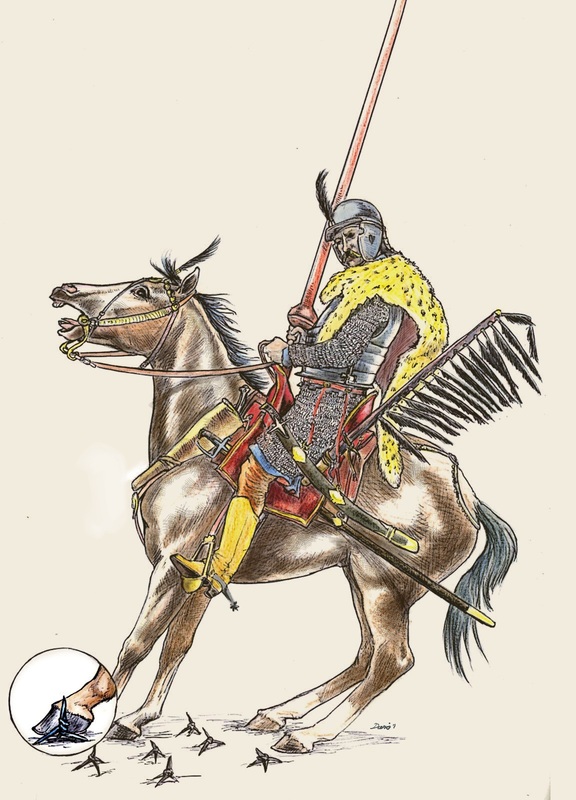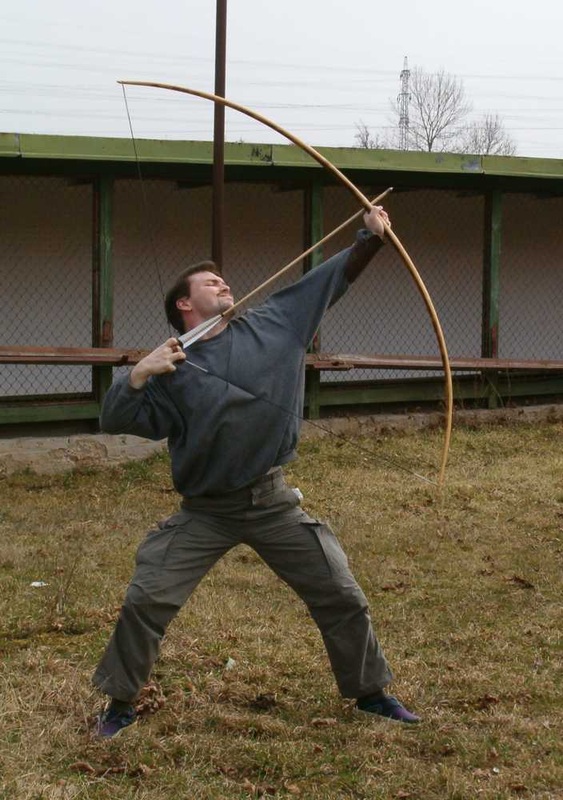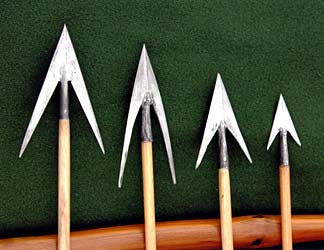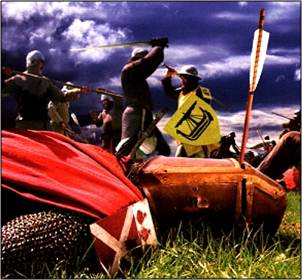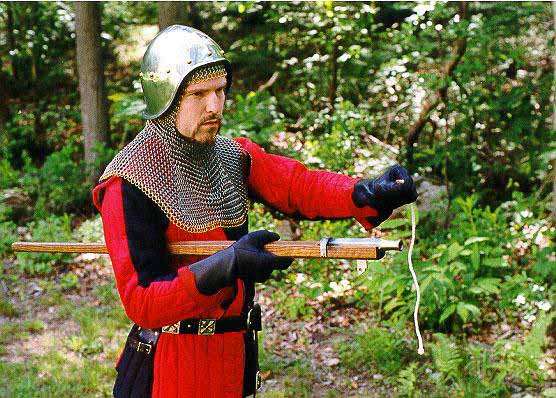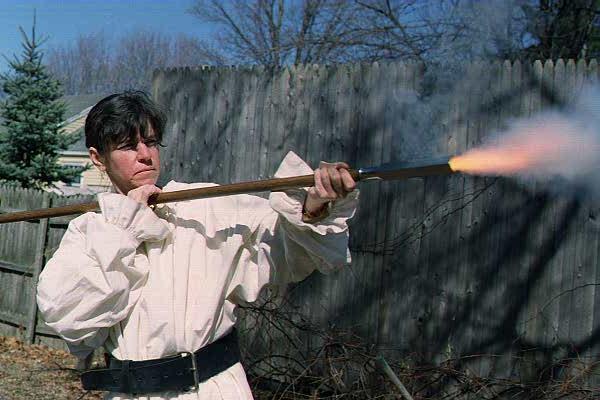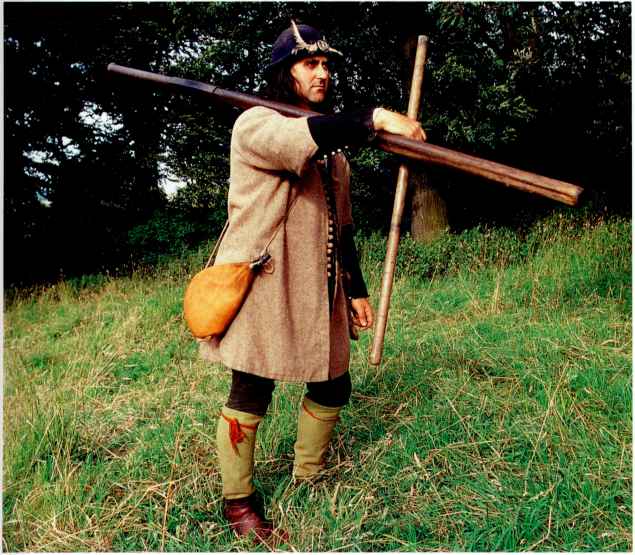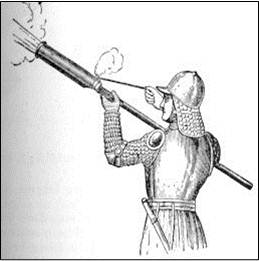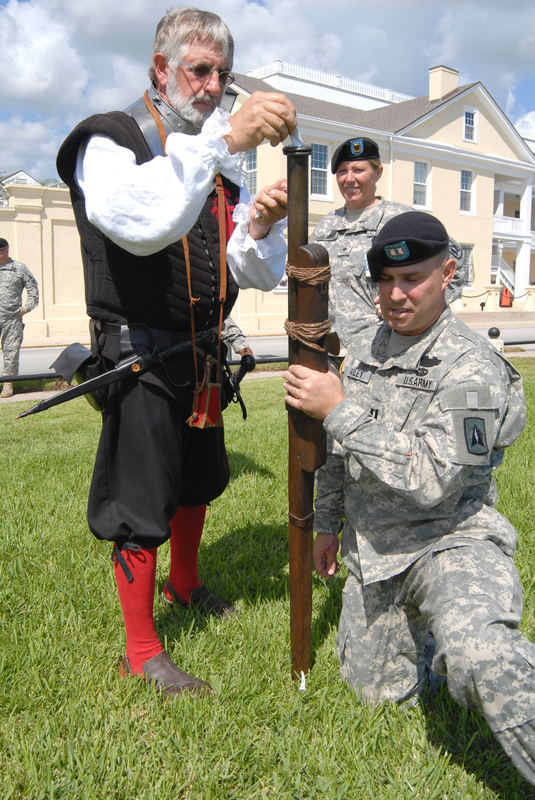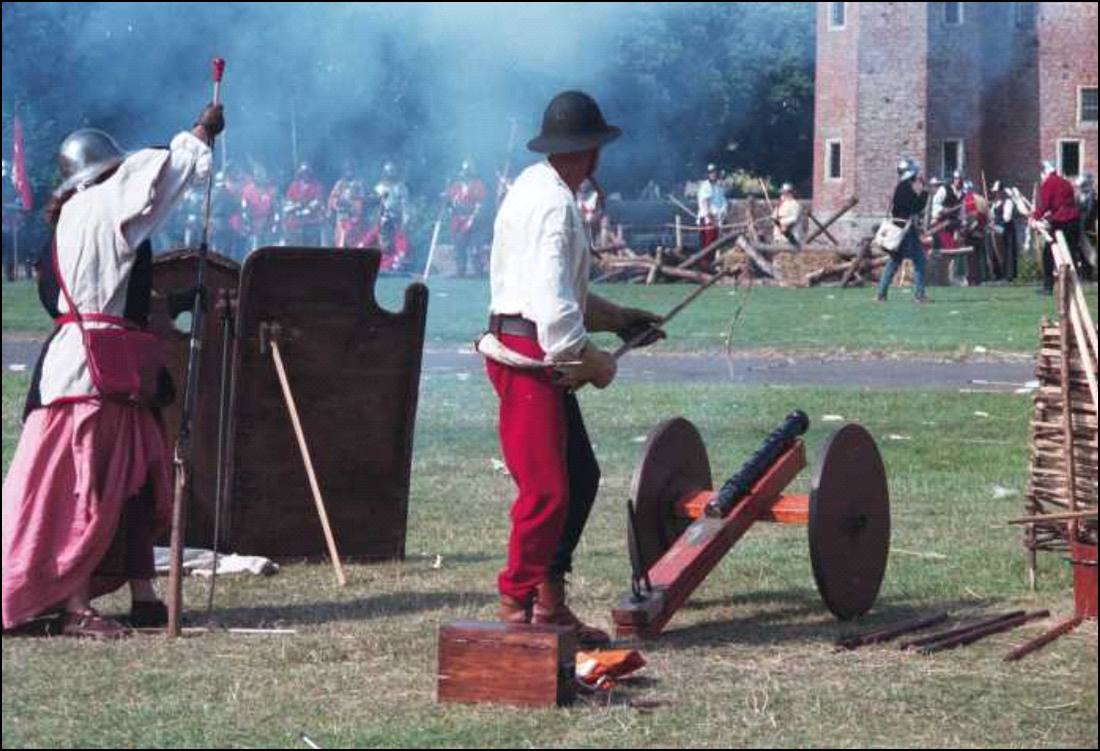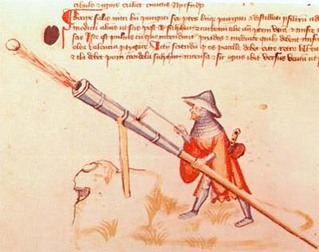Scramblin' thru... Hundred Years' War
Because 1337-1453 equals 100...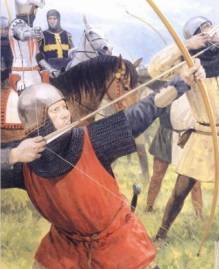
Two wars between France and England helped usher in (and usher out) knights and feudalism.
In 1066, the Norman Conquest when France's William the Conqueror invaded England. He used knights to help win, and the Normans built castles in England and introduced feudalism. Several centuries later, William's descendants claimed a legal right to the French throne. When France started retaking territory controlled by England in France, the Hundred Years' War (1337-1453) broke out. In battle after battle, French knights were mowed down by English longbowmen that fired arrows capable of piercing armor. The turning point occurred when a teenage peasant girl named Joan of Arc told the heir to the French throne that she had been sent by God to save France and to give her an army. He did, and she scored several victories... but was then betrayed and burnt at the stake by England. By 1453, France finally drove out the English, securing victory in the war. Yes, children, France won. I'll repeat that. France WON. By war's end, knights were obsolete thanks to English longbows and guns. Castles proved worthless because cannons could take down their walls. The entire feudal system broke down as people developed loyalties to their countries rather than their local lords. The war solidified the French/English rivalry, which continued up until World War I. Did the F-Bomb come from this war?
NO!
But it's a fun story (even if it's 100% false). So, the story goes like this... France was supposed to win the Battle of Agincourt. (I dunno, maybe the Odds Setters in Vegas figured France was due for a victory...) As such, the French threatened to cut off the middle finger of all English soldiers. Without this finger, it would be difficult to draw back the longbow. Well, the longbow was made of the yew tree. The act of drawing the longbow was known as "plucking yew". After the English were victorious, they waved their middle fingers at the defeated French and shouted, "See, we can still pluck yew! PLUCK YEW!" Since "pluck yew" contains a consonant cluster, when said repeatedly, it gradually changed to a "f" sound. Thus, the word is used in conjunction with the one-finger-salute. |
French and English history have been forever
intertwined. In the 9th and 10th Centuries, England's King Alfred the Great and his successors drove out the Vikings and united the kingdoms in England into one. In 1051, King Edward the Confessor, knowing he would never have a son, promised that the crown would go to his French cousin, William the Duke of Normandy. On his deathbed, Edward instead gave the crown to a powerful English noble, Harold. William landed an army in 1066 and defeated the English forces and killed Harold at the Battle of Hastings. He was then crowned King William I "the Conqueror". William is credited with bringing feudalism and the census (in the form of the Domesday Book) to England... and forever involved England and France in each other's affairs. Pitched battles were battles where the armies picked a time, date, and location. There were three pitched battles during the 100 Years' War (yes, you read that right... THREE). They were: Crécy, Poitiers, and Agincourt. England smoked France in all three battles. (Raise your hand if you're shocked...)
Battle of Crécy England: 300 KIA France: 10,000 KIA Battle of Poitiers England: 70 KIA France: 6,000 KIA Battle of Agincourt England: 400 KIA France: 9,000 KIA |
Before, During & After Map of the War
Soldiers of the Hundred Years' War
Weapons of the Hundred Years' War
|
|
Fun with Google!
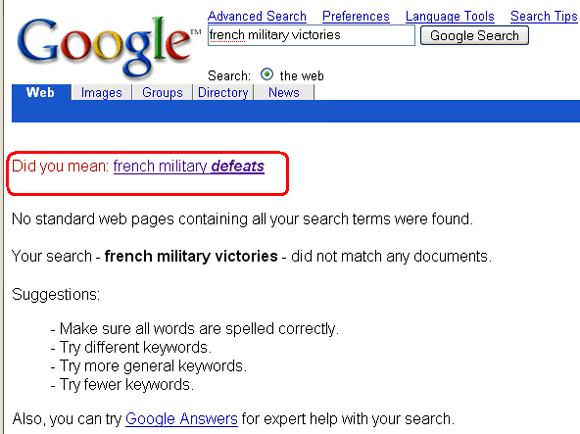
Try this the next time you're on Google! When you get to the main Google page, type in "French military victories" in the search box. Then click the "I'm feeling lucky" button. This is the screen shot you'll get. It's simple fun at the expense of the entire French military. What CAN'T the Internet do?!

